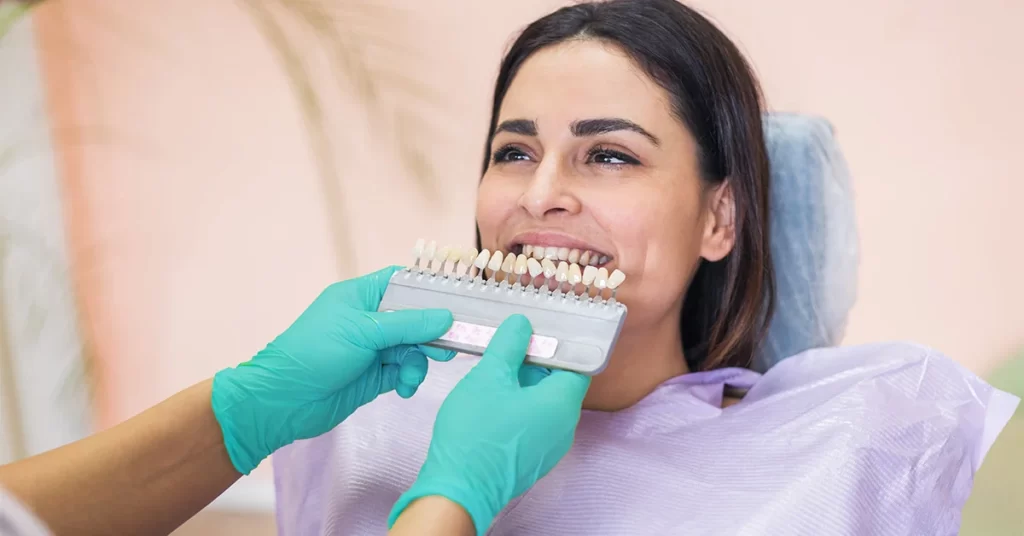Do you have teeth that have been damaged by grinding, chipping away, or getting a hole in them? If you can’t afford to get a new tooth yet, don’t worry! You can always go for a dental crown procedure for now until you can afford to make the dent or tooth implant permanent.
It’s important that you know what you’re getting yourself into before you book your appointment. Here are three things you should know about getting a dental crown procedure.
1. There Are Different Types of Dental Crowns
There are different types of dental crowns that are available, and the type you get will depend on what your dentist recommends based on your needs. Let’s explore them.
Porcelain-Fused-to-Metal (PFM)
Porcelain-fused-to-metal (PFM) crowns are made of a metal base fused with porcelain. This combination makes them extremely durable and aesthetically pleasing.
All-Ceramic or All-Porcelain
All-ceramic crowns are constructed from ceramic-based materials, such as zirconia, and generally look very similar to real teeth. They are also designed to blend in with the natural color of the tooth and resist staining.
All-porcelain crowns can be very strong and durable and blend well with the color of natural teeth. However, these crowns can be more prone to staining.
Metal Crowns
A metal crown procedure is a dental restoration process that involves the placement of a dental crown to protect and repair a damaged or decayed tooth. The crown is made of metal, usually gold, and is highly durable and offers long-term protection for the tooth.
Zirconia Crowns
Zirconia crowns are non-porous, so it is ideal for crowns that need to look natural while also being able to endure chewing and other normal activities. Zirconia crowns are also known for their lifelike appearance, mimicking the look of teeth more closely than other types of crowns.
2. Be Familiar With the Procedure
A dental crown procedure involves a tooth-shaped cap that is placed over the tooth to restore form, appearance, and strength. This procedure is usually done in one or two appointments with a local anesthetic.
The dentist will first remove any decay that is present and build up the affected area to create a better surface to attach the cap or crown. After the area is filled in, an impression is taken and then sent to the lab, where they will construct your customized crown. When your crown is ready, the dentist will clean, prepare, and cement the crown onto your tooth.
3. Tips Following a Dental Crown Procedure
Once dental crowns and bridges have been installed, it’s important to remember a few key pieces of advice. Be sure to take special care when brushing around the crown, avoiding putting excessive pressure on it.
Use a soft or extra-soft-bristled toothbrush to avoid damaging the crown. Floss carefully every day to ensure the area around the crown gets a thorough cleaning.
It’s also best to visit the dentist for regular check-ups and cleanings to ensure the crown stays in good condition. Lastly, avoid foods that are hard or chewy, as these can damage the crown.
Overview of Dental Crown Procedure
Dental crown procedures are an important part of dental care. They can be used to improve the look and function of teeth. Knowing the process, dental crown costs and the aftercare steps are important.
A consultation with your dentist will provide the best information for your specific situation. Don’t wait to get the smile you’ve always wanted; contact your dentist to book an appointment for your dental crown procedure today!
For more interesting articles, browse our other blog posts!
